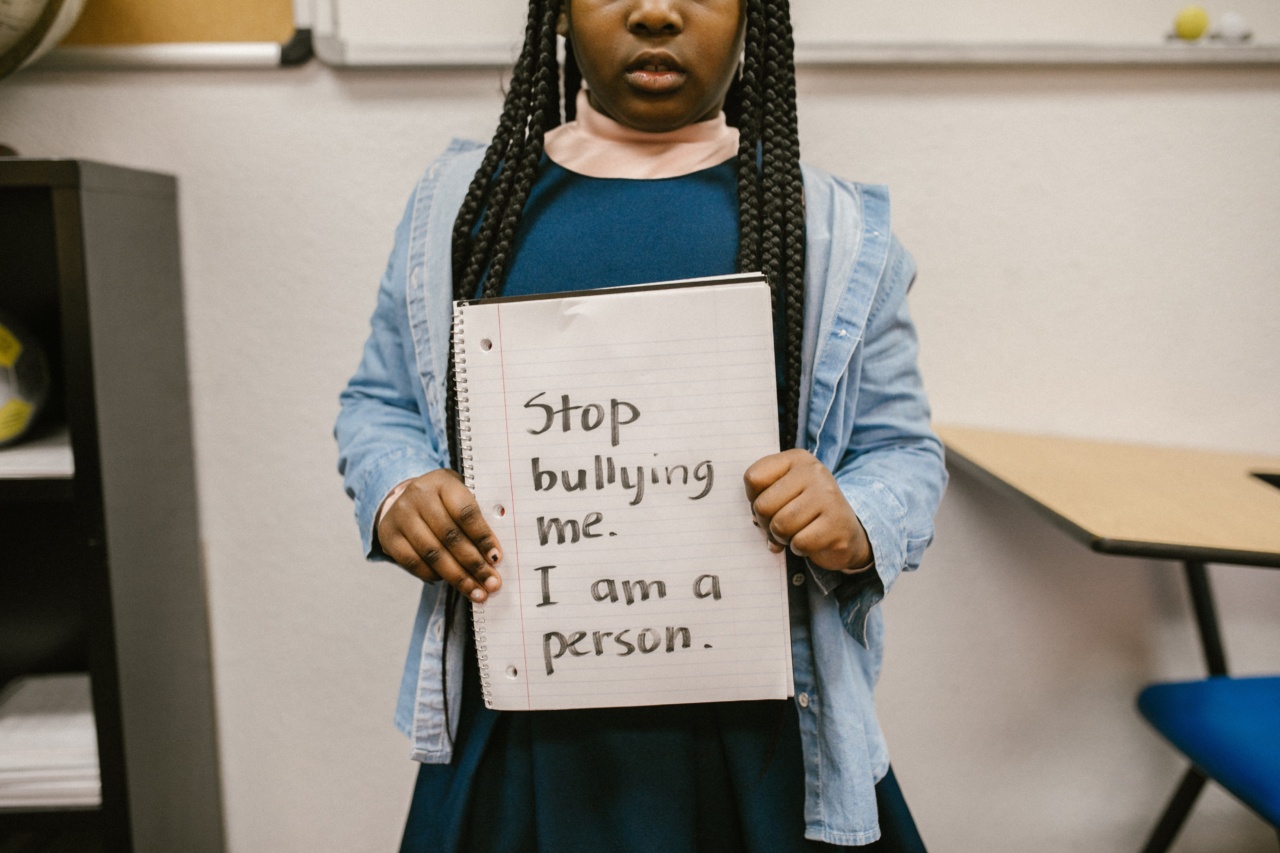Bullying is a significant concern in schools and communities, affecting the overall well-being of children. As parents and educators, it is crucial to take proactive steps to prevent bullying and create a safe and inclusive environment for all children.
By implementing effective strategies, we can help reduce the incidence of bullying and support those who may be experiencing it. In this article, we will explore ten powerful bullying prevention strategies for parents and educators.
1. Encourage Open Communication
Developing a strong line of communication with children is paramount. Encourage them to express their feelings, concerns, and experiences, reassuring them of your support.
By fostering open conversations, you create a safe space for children to discuss any bullying situations they may encounter.
2. Teach Empathy and Kindness
Empathy and kindness are essential qualities that counteract bullying behavior. Teach children the value of treating others with respect, empathy, and understanding.
Encourage acts of kindness, such as helping others and standing up for those who are being mistreated.
3. Promote Inclusion and Acceptance
Create an inclusive and accepting atmosphere within your home or classroom. Emphasize the importance of respecting differences and embracing diversity.
Encourage children to celebrate each other’s unique qualities and foster a sense of belonging among all individuals.
4. Set Clear Boundaries and Expectations
Establish clear rules and expectations regarding behavior. Teach children the difference between acceptable and unacceptable actions. Reinforce the values of empathy, respect, and kindness, outlining the consequences of engaging in bullying behavior.
5. Educate about Bullying and its Effects
Raise awareness about bullying by providing children with age-appropriate information about its different forms (verbal, physical, cyber) and their potential consequences.
Help them understand the negative impact bullying can have on individuals, both emotionally and psychologically.
6. Foster a Supportive Environment
Create an environment where children feel safe and supported. Encourage peer support systems and establish regular check-ins to detect signs of bullying. Foster strong relationships with students and be approachable for them to seek help when needed.
7. Teach Conflict Resolution Skills
Equip children with effective conflict resolution skills to help them navigate difficult situations. Teach them how to assertively communicate, negotiate, and problem-solve.
These skills can empower children to resolve conflicts peacefully, reducing the likelihood of bullying.
8. Implement Anti-Bullying Programs
Support or advocate for the implementation of evidence-based anti-bullying programs in schools. These programs often include educational initiatives, awareness campaigns, and targeted interventions to address bullying effectively.
9. Monitor and Control Online Activities
Cyberbullying has become a prevalent issue with the rise of technology. Monitor children’s online activities and educate them about responsible internet usage.
Encourage them to report any cyberbullying incidents and take appropriate actions to prevent further harm.
10. Collaborate with School and Community
Work closely with the school and community to combat bullying. Participate in meetings, workshops, and parent-teacher associations focused on bullying prevention.
Collaborate with other parents, educators, and community organizations to create a united front against bullying.
By implementing these bullying prevention strategies, parents and educators can play a vital role in creating a safe and inclusive environment for children.
Remember, prevention is key, and it requires a collective effort from parents, educators, schools, and communities to address and eliminate bullying effectively.




























